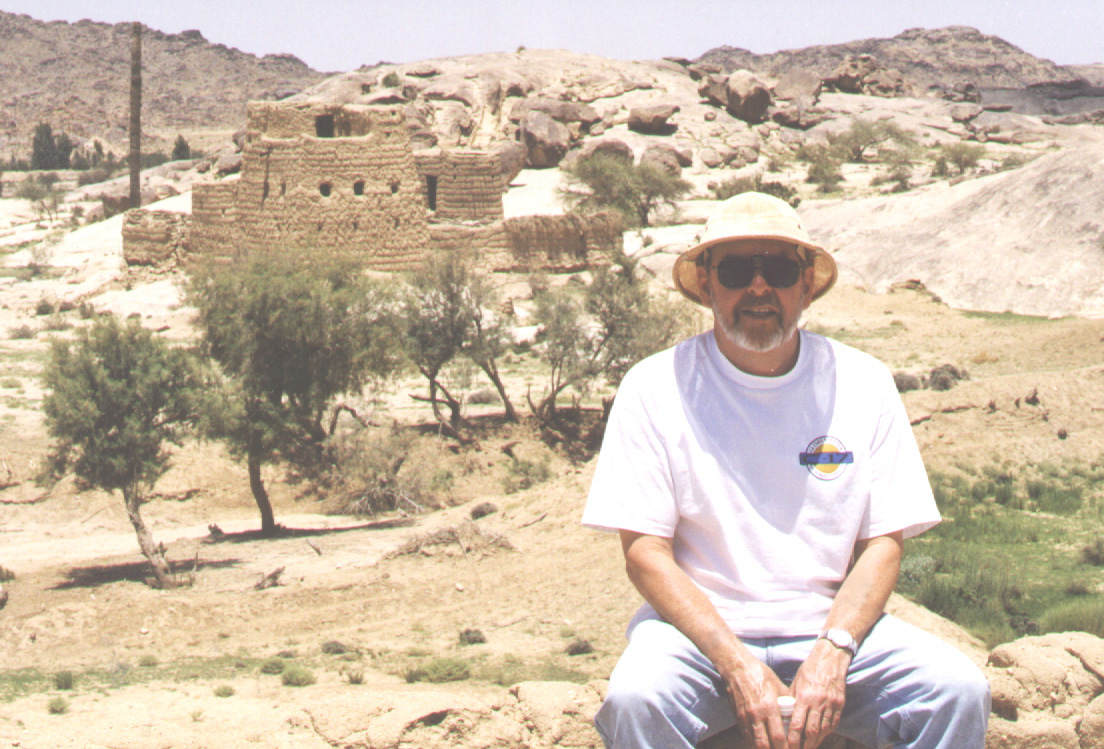 |
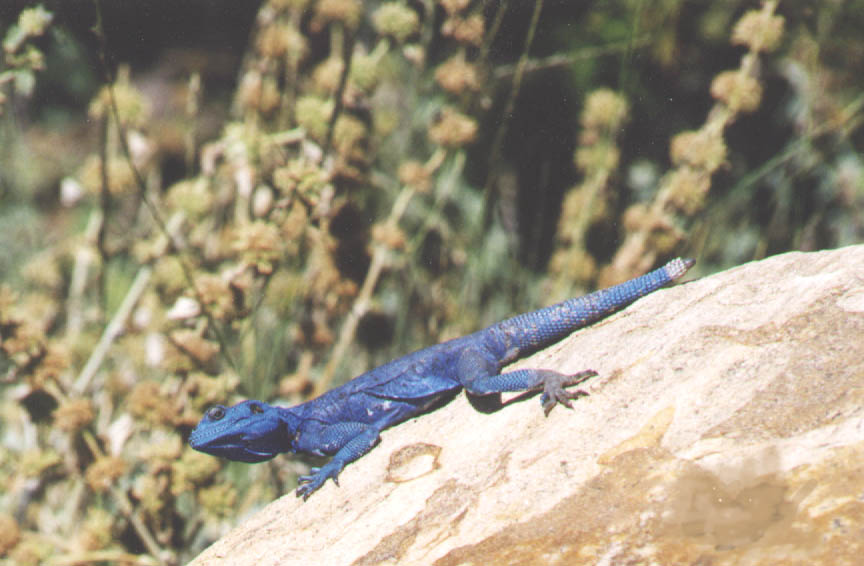 |
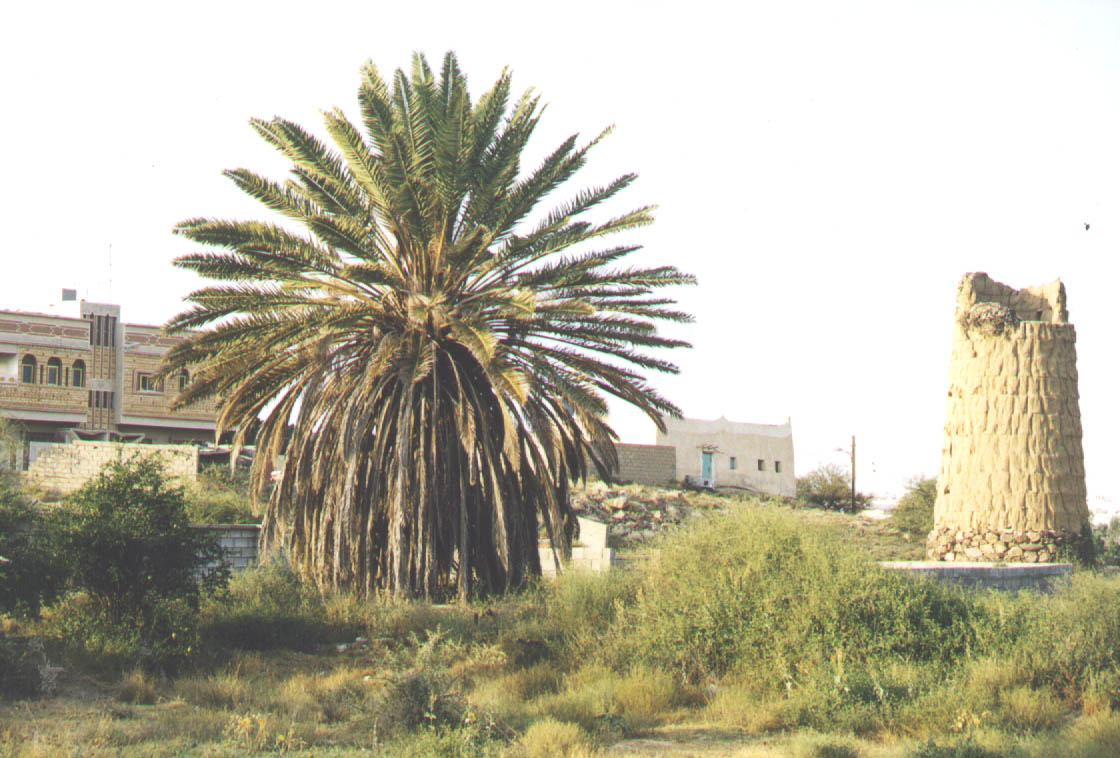 |
 |
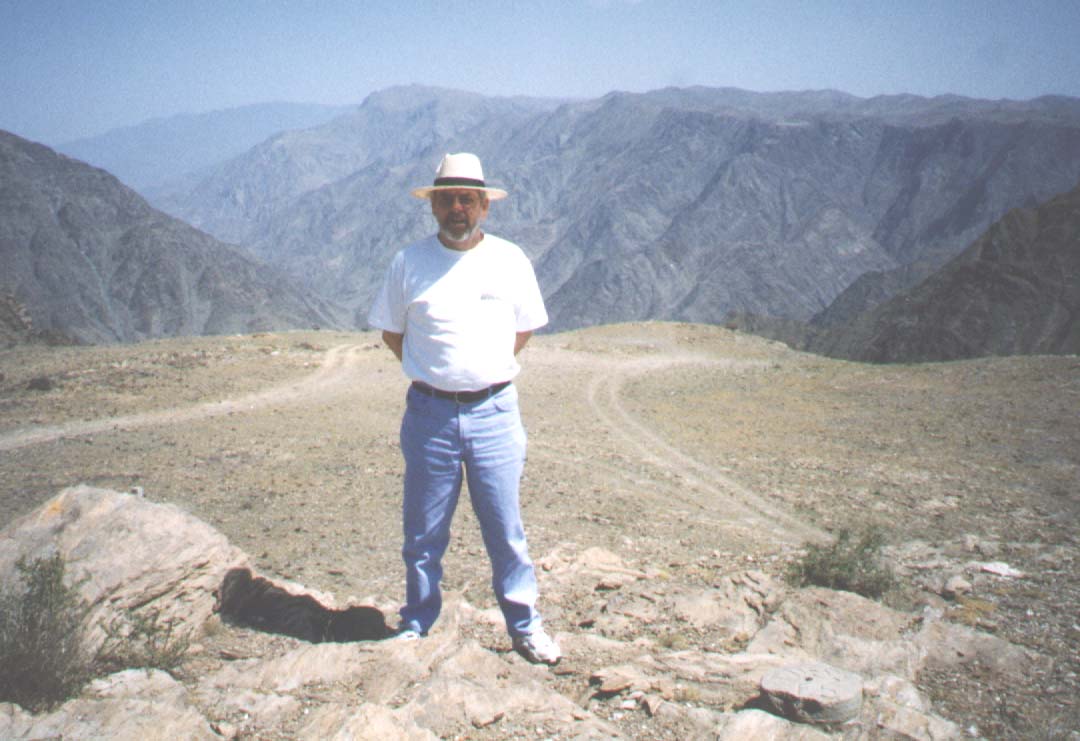 |
 |
Some of the locals!
I lived and worked in the Kingdom of Saudi Arabia
beginning in September 1992 throught March 1994 and again beginning
in September 1996 and ending in March 1999. I worked for an aerospace
company and lived in American Compounds in Dhahran (west coast), Riyadh
(the capital city in the center of the country), Khamis western province),
and Taif (south western province).
I enjoyed the cultural change, delicious mid-east foods and a lot of historical tours and, met a lot of nice friendly people from Saudi arabia and all over the world. The weather there is very hot and dry in the interior and very hot and humid on the coasts. I saw temperatures of 130 F in Riyadh in the middle of August, and temperatures of 120 in Dhahran with a humidity above 90 %. Surprizingly, the western region has a very large agricultural area. One of the primary crops is wheat. There are also many varieties of delicious Dates and thousands of Camel and Sheep herds through most of the country. Oil is the biggest export from Saudi. Wheat is also exported. Saudi is a very rich country and is a Kingdom. On several occasions I was able to see the King and several other members of the Royal Family in person (at a close distance). Unfortunately I was not able to meet any of the Royal Family. |
......
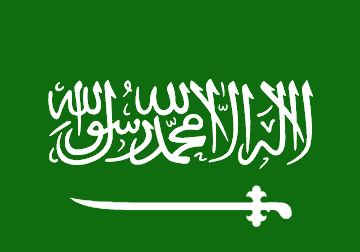 |
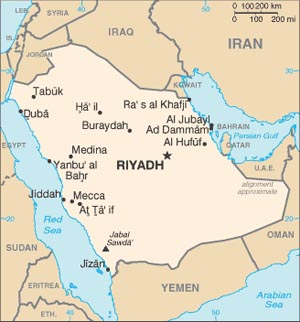 |
Saudi Arabia Culture (the generic version)
Saudi Arabian culture revolves almost entirely around Islam - two of
Islam's holiest sites are in the
One of Saudi Arabia's most compelling folk rituals is the Ardha, the
country's national dance. This
Saudi Arabian dress is strongly symbolic, representing the people's
ties to the land, the past and to
Islamic law forbids eating pig and drinking alcohol, and this law is
followed pretty strictly throughout
|
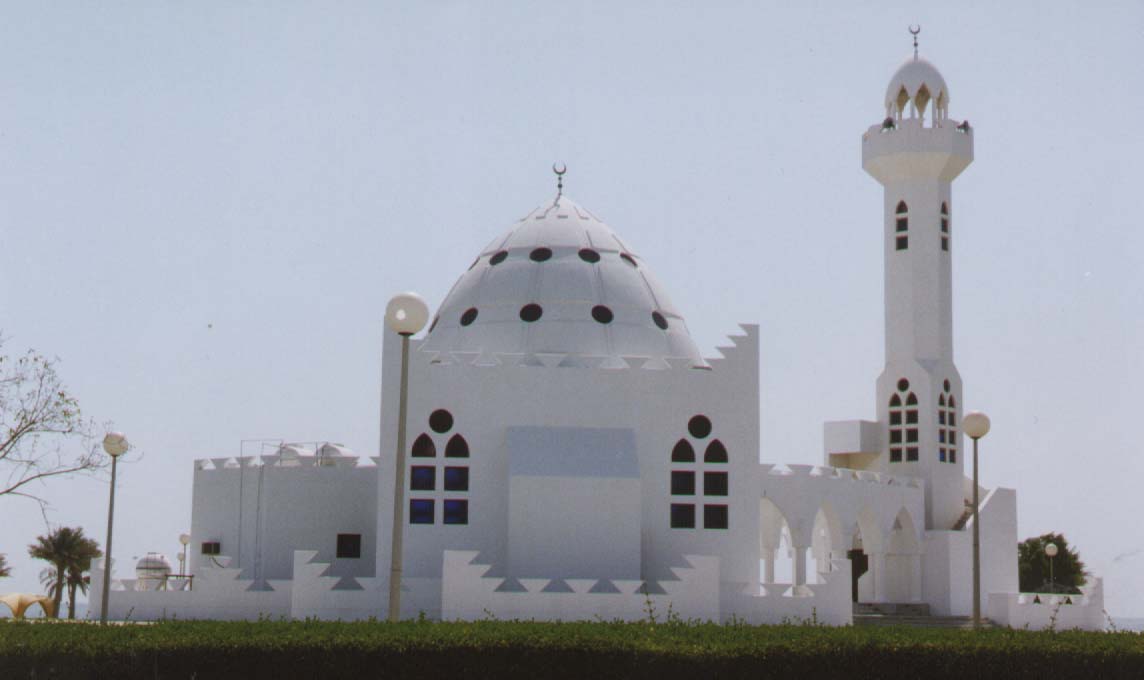 |